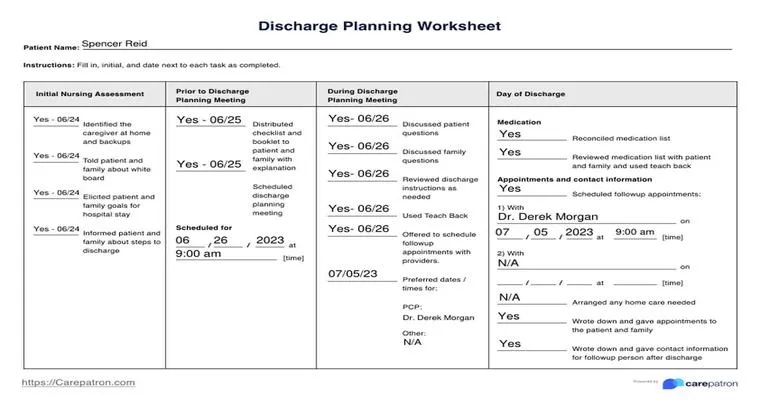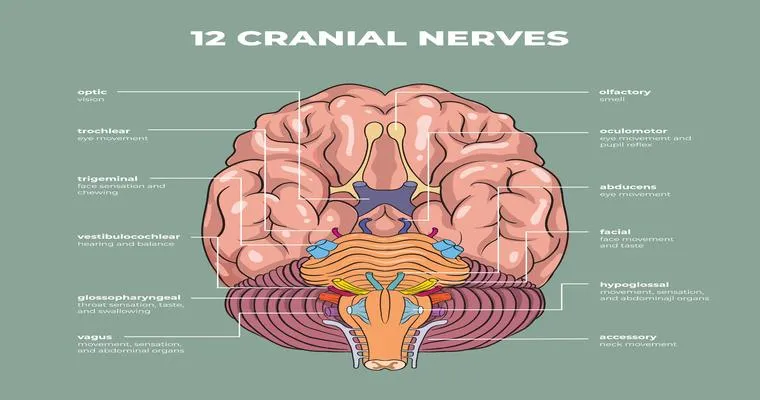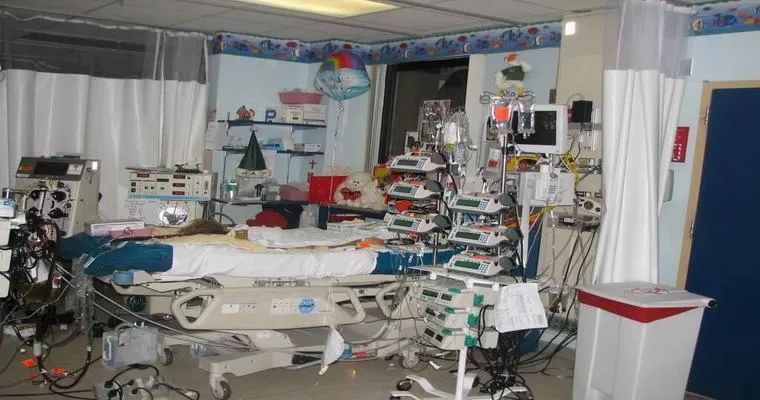Discharge planning is a critical process in healthcare, ensuring that patients transition smoothly from the hospital to their home or another care setting. However, many healthcare professionals face "discharge planning woes" that can complicate this essential task. Issues such as "communication breakdowns", inadequate resources, and lack of patient education can lead to poor outcomes. This article explores common challenges associated with discharge planning and offers solutions to improve the process.
One of the primary "woes" in discharge planning is the frequent "communication breakdown" between healthcare providers and patients. When discharge instructions are not clearly communicated, patients may leave the hospital without a proper understanding of their follow-up care, medications, or any necessary lifestyle changes. This lack of clarity can lead to "readmissions", increased healthcare costs, and overall dissatisfaction with the care experience.
In addition to communication issues, many healthcare facilities struggle with "inadequate resources" for effective discharge planning. Hospitals may not have enough staff members to dedicate time to each patient's discharge process, resulting in rushed conversations and incomplete instructions. Furthermore, healthcare providers often face time constraints that prevent them from addressing all of a patient's needs before discharge. This situation underscores the importance of allocating sufficient resources and personnel to the discharge planning team.
Another significant concern is the lack of "patient education" during the discharge process. Patients often leave the hospital with little understanding of their condition or the importance of following discharge instructions. Without proper education, patients may not adhere to prescribed medications or follow up with necessary appointments, leading to adverse health outcomes. Implementing standardized educational materials and engaging patients in their care can help mitigate this issue.
To tackle these discharge planning woes, healthcare facilities can adopt several strategies. First, enhancing "interprofessional collaboration" can improve communication among healthcare providers, ensuring that everyone is on the same page regarding a patient's care plan. Regular team meetings and shared electronic health records can facilitate this collaboration.
Secondly, investing in technology can streamline the discharge process. Utilizing discharge planning software can help track patient progress and ensure that all necessary steps are completed before discharge. This technology can also aid in providing patients with easy access to their discharge instructions and follow-up appointments.
Finally, prioritizing "patient-centered care" can significantly improve the discharge experience. By involving patients in discussions about their care and ensuring they understand their discharge instructions, healthcare providers can promote better adherence and overall health outcomes. Patient feedback can also inform improvements in the discharge process, making it more effective and tailored to individual needs.
In conclusion, addressing the "discharge planning woes" that healthcare professionals face is essential for improving patient outcomes. By focusing on enhancing communication, allocating resources effectively, and prioritizing patient education, healthcare facilities can streamline their discharge processes and ultimately provide better care to their patients. Implementing these solutions will not only alleviate the challenges associated with discharge planning but also foster a more positive healthcare experience for all involved.





